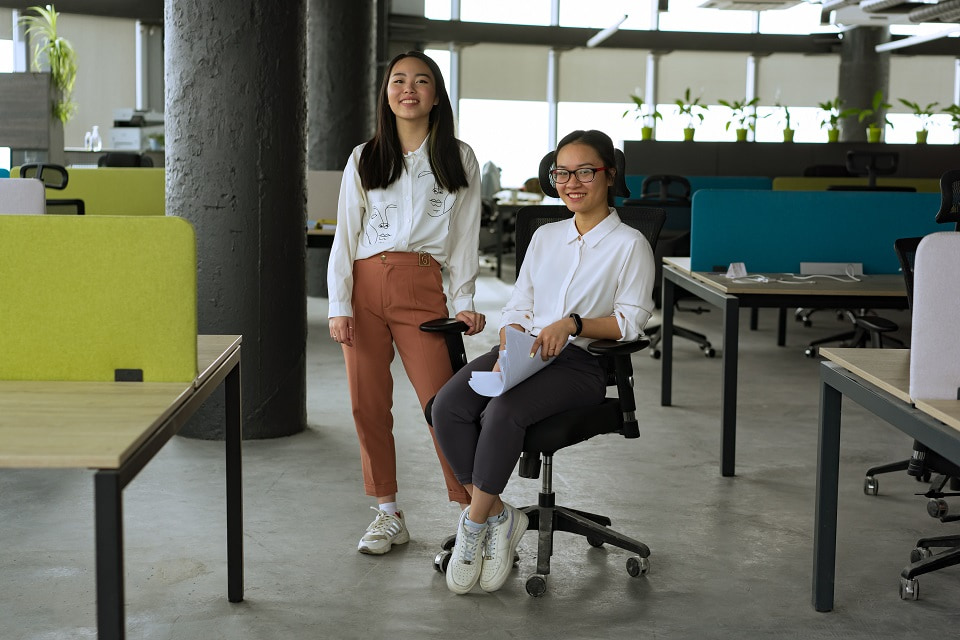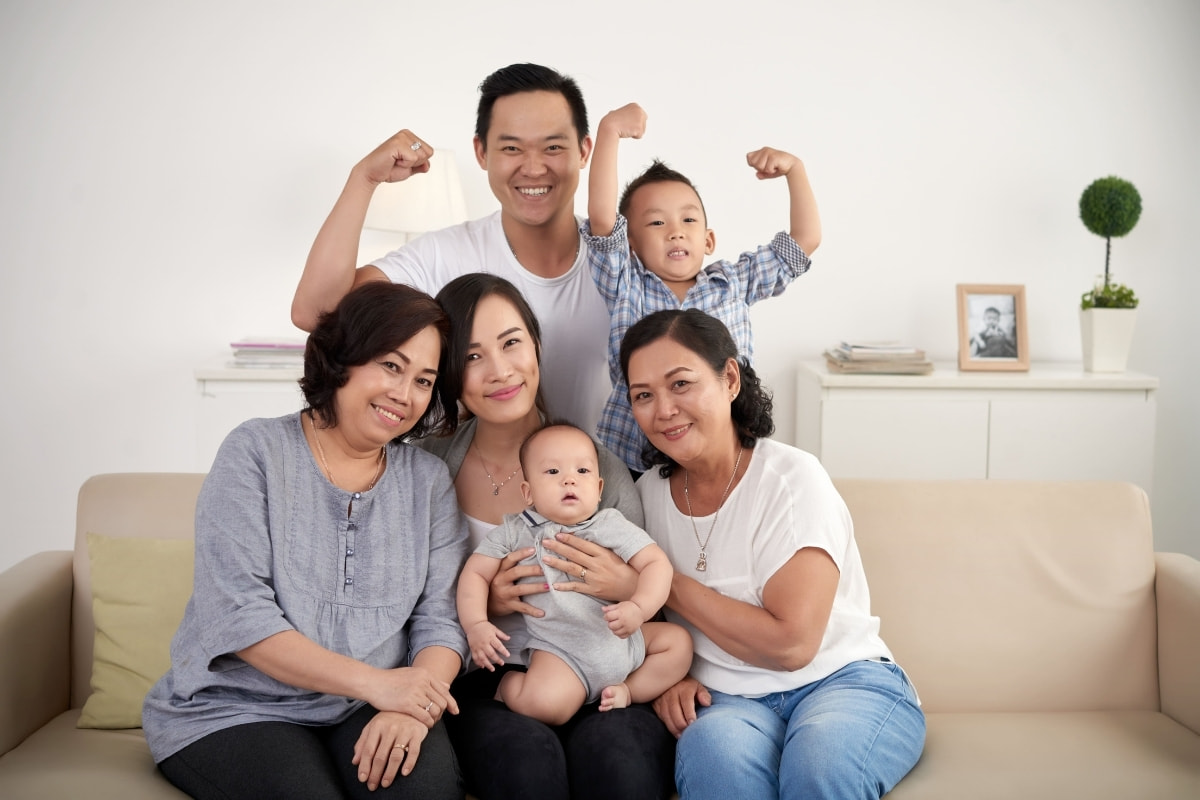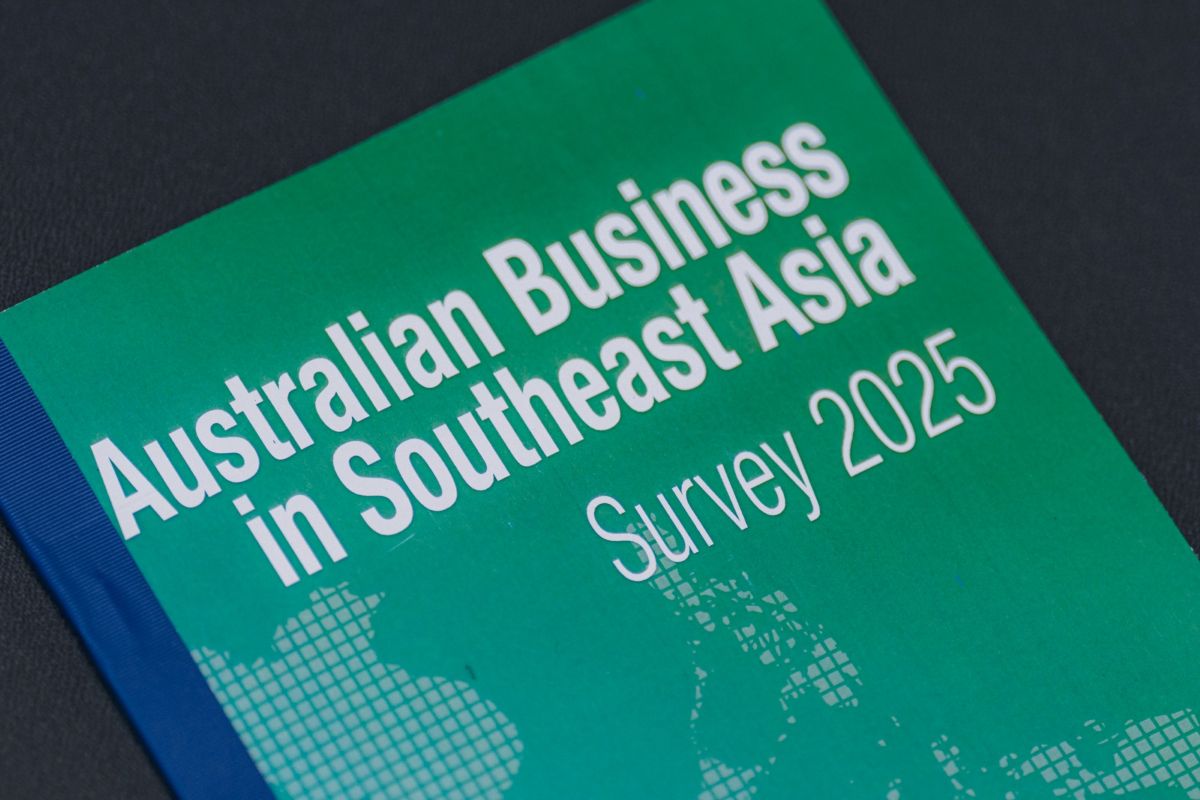Employers also need to pay more attention to ensuring that the office design can make employees feel as safe and comfortable as the work-from-home experience during the pandemic, according to Dr Jung Woo Han, Senior Program Manager for Human Resource Management and Entrepreneurship at RMIT Vietnam.
This is also what most recent studies on the Vietnamese Gen Z-ers’ ideal workplace claim. This group of young workers particularly need health and wellness to be built into their post-pandemic office space.
Citing a recent book co-authored by Stanford University researcher Roberta Katz and a recent survey by Deloitte, Dr Han highlighted that “Gen Z is pragmatic toward work-related issues and cares more about social and ethical issues compared to the previous generations”.
Dr Han believes that Gen Z suffers from high levels of anxiety and stress that might have contributed to the Great Resignation. Thus, “the first step to boost the wellbeing of Gen Z might be shaping non-hierarchical culture and open communication that reduce tension within the organisation”, he said.
Similarly, Ms Thao Pham, Head of Talent Management, Learning & Organisation Development at VNG Corporation, suggests that a flat and lean organisational structure that enables connection, collaboration and learning across the team and across levels is also a key factor in attracting Gen Z employees.
According to Ms Thao, Gen Z workers value a work environment that fosters collaboration, creativity, and innovation. They are also known for prioritising work-life balance and personal growth. Therefore, “besides open offices and hybrid working, the working space could also incorporate tools and technology to support their work and facilitate communication, collaboration, and productivity”, she added.
In the post-pandemic time, providing Gen Z employees a workplace that keep them physically and mentally healthy need to become every employer’s strategic priority, given that the future of the thriving Vietnamese labour market will be tremendously influenced by these young, creative, and enthusiastic employees.
Story: Dr Thao Luong and Ngoc Hoang






